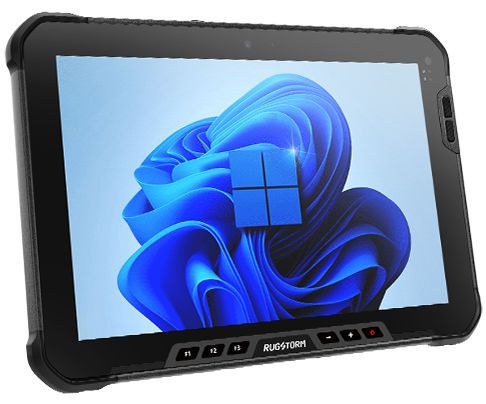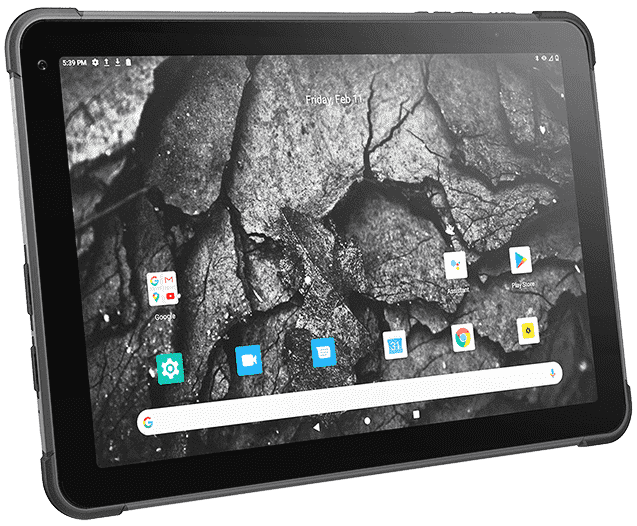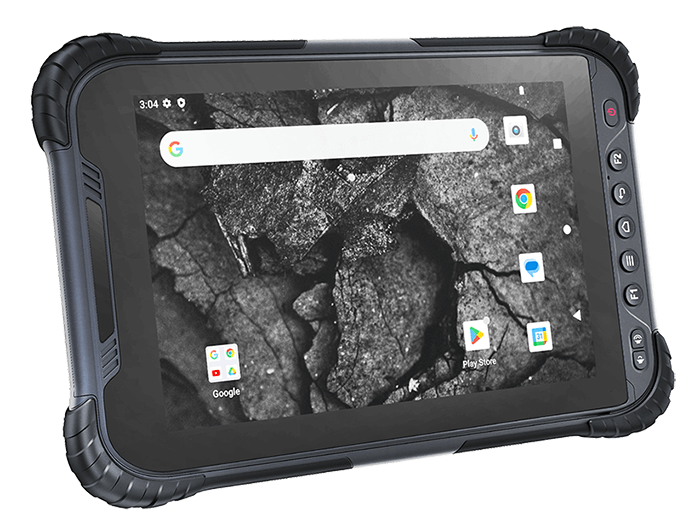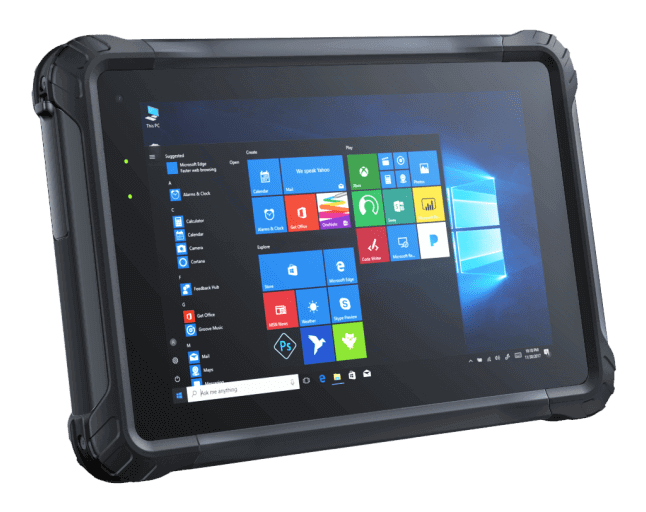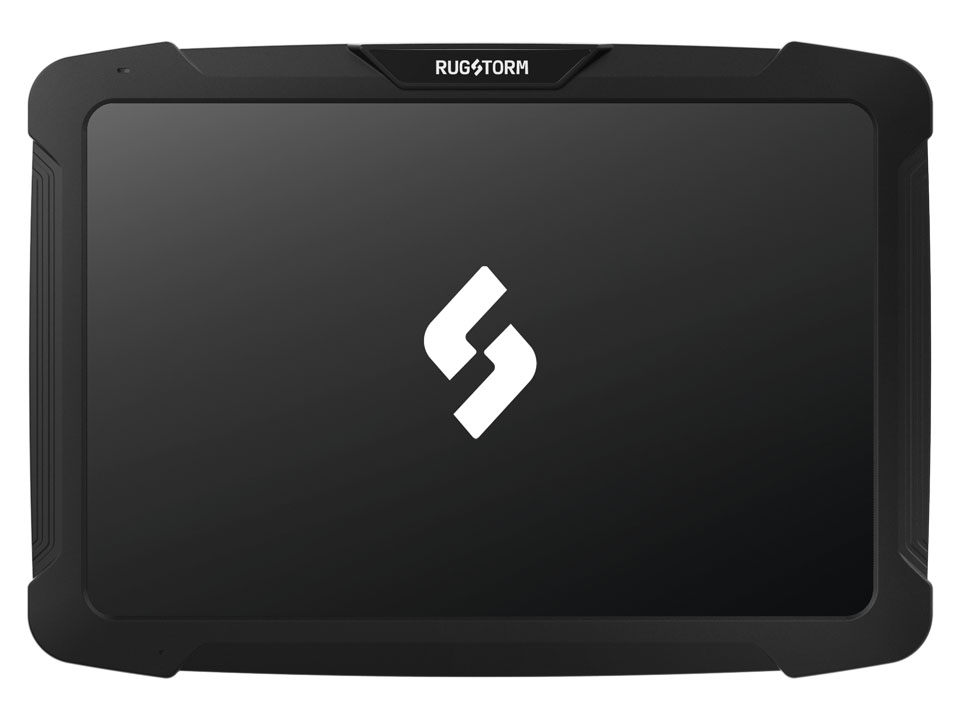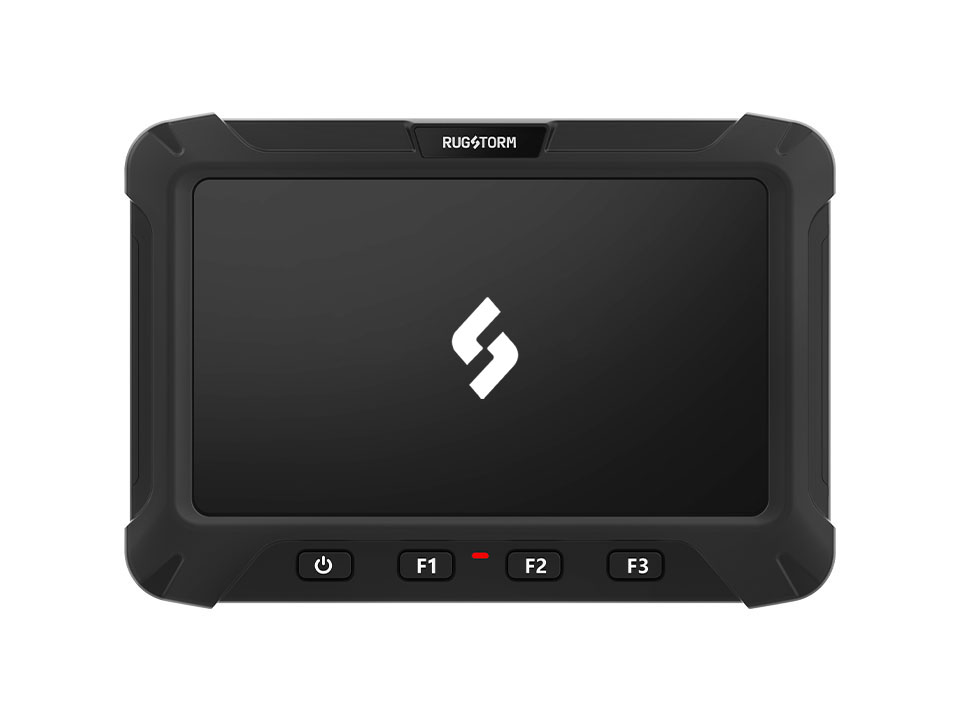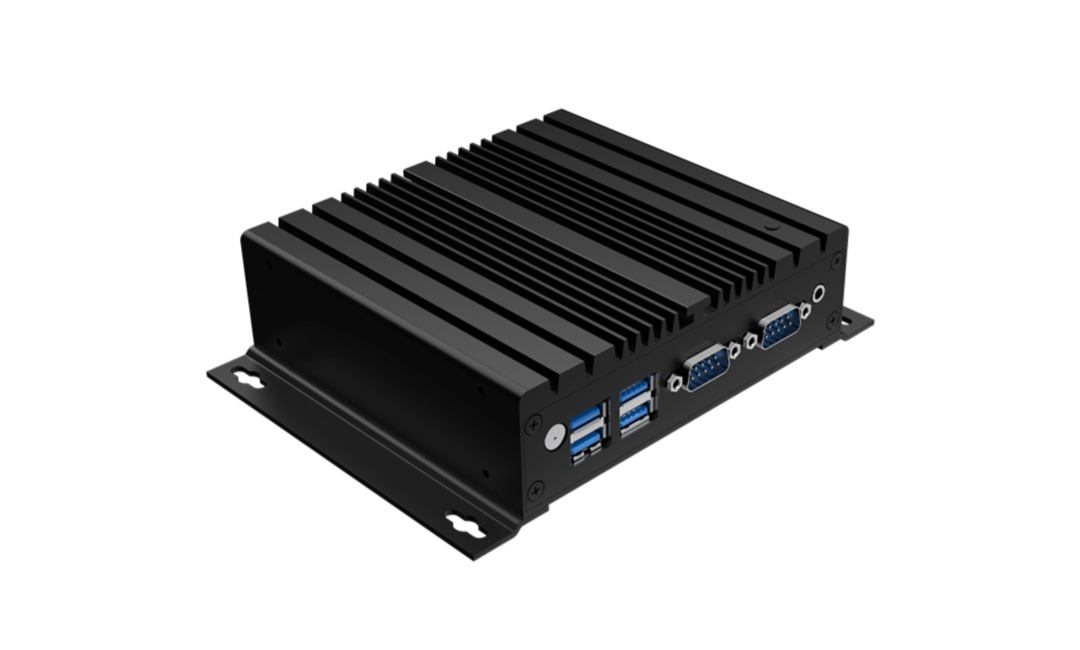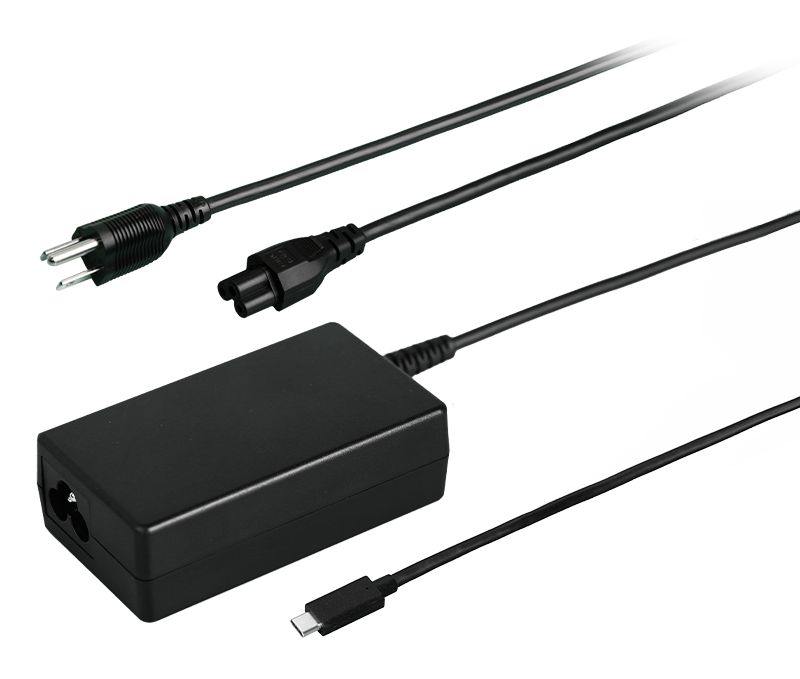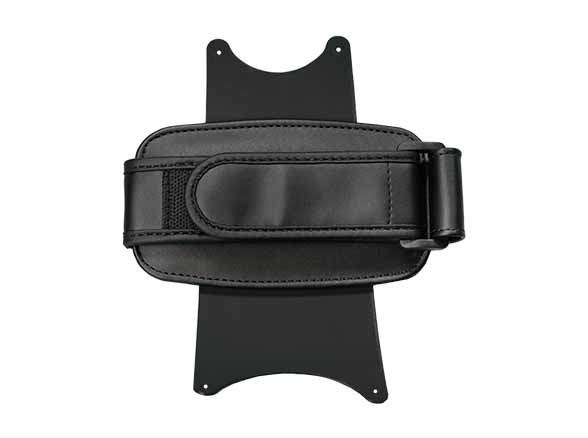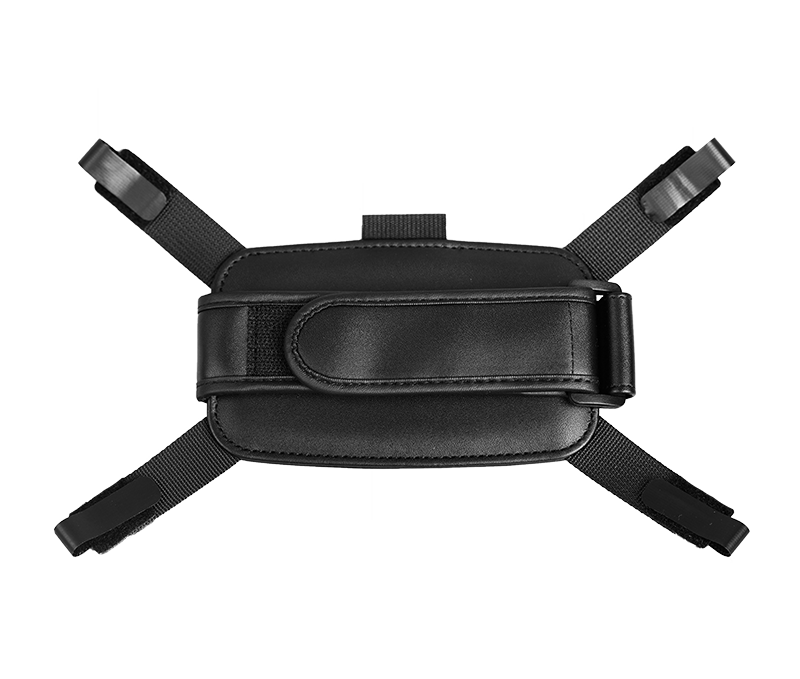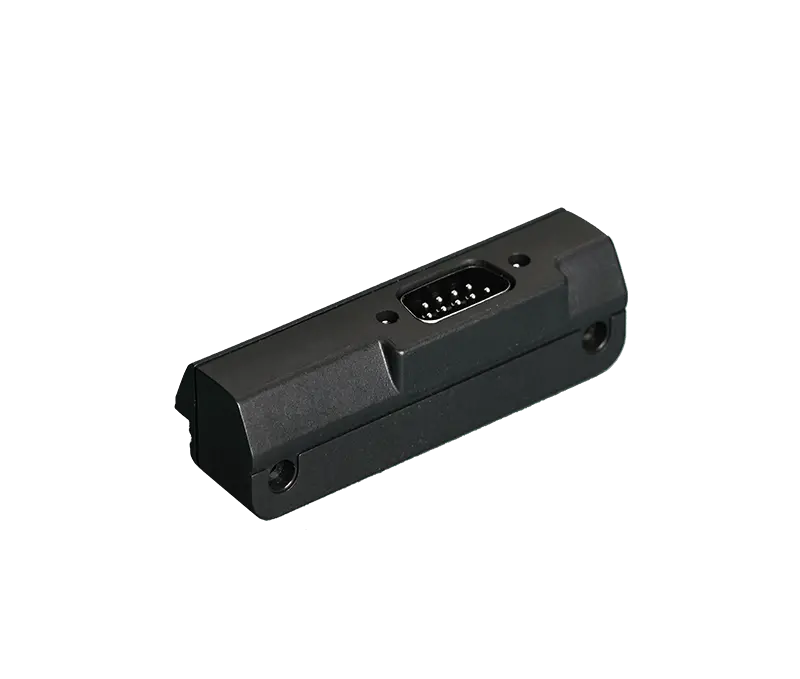When selecting rugged devices for military, aerospace, or industrial applications, compliance with MIL-STD-810 standards is non-negotiable. The latest iterations of this standard—MIL-STD-810G and MIL-STD-810H—are critical for ensuring equipment resilience in extreme environments. But what sets them apart? This guide breaks down their key differences, testing methodologies, and practical implications for manufacturers and buyers.
What is MIL-STD-810?
MIL-STD-810 is a U.S. Department of Defense (DoD) standard that defines environmental engineering considerations for equipment design and testing. It ensures devices can withstand conditions like shock, vibration, temperature extremes, humidity, and altitude.
While both the G (2008) and H (2019) revisions share this core goal, the H version introduces significant updates to reflect modern technological and operational demands.
Key Differences Between MIL-STD-810G and MIL-STD-810H
| Aspect | MIL-STD-810G (2008) | MIL-STD-810H (2019) |
|---|---|---|
| Focus | Traditional lab-based testing | Real-world mission profiles |
| Test Methods | 28 methods | 24 updated methods + 3 new tests |
| Temperature Testing | Steady-state extremes | Dynamic temperature cycling |
| Vibration Analysis | Limited multi-axis testing | Enhanced multi-axis simulations |
| Altitude Range | Up to 100,000 ft | Extended to 150,000 ft |
| Data-Driven Approach | Minimal | Emphasis on lifecycle analysis |
Major Updates in MIL-STD-810H
1. Mission-Centric Testing
Unlike the G version’s generic lab tests, 810H prioritizes mission profiles. Devices are tested against real-world operational scenarios, such as:
- Rapid temperature shifts during airborne deployment.
- Combined vibration and humidity in maritime environments.
2. Dynamic Temperature Cycling (Method 501.7)
810H replaces static temperature tests with dynamic cycling that mimics rapid environmental changes. For example, a device might cycle between -40°C and 70°C at a rate of 10°C per minute.
3. Enhanced Vibration Testing (Method 514.8)
- Multi-axis testing: Simulates vibrations from multiple directions, critical for vehicles and aircraft.
- Extended frequency ranges: Up to 2,000 Hz (vs. 500 Hz in 810G).
4. Expanded Altitude Testing (Method 500.6)
810H covers altitudes up to 150,000 feet (vs. 100,000 feet in 810G), addressing high-altitude UAV and space applications.
5. Improved Rain and Humidity Resistance (Method 506.6)
- Tests now account for horizontal rain (e.g., helicopter rotor wash) and saltwater spray.
6. Lifecycle Analysis
810H requires manufacturers to analyze how environmental stresses impact a device’s entire lifecycle, ensuring long-term reliability.
Why Upgrade to MIL-STD-810H?
- Future-Proof Compliance
The H revision aligns with modern military and industrial challenges, such as drone operations and IoT edge devices. - Higher Reliability
Dynamic testing reduces the risk of field failures by replicating real-world conditions more accurately. - Competitive Edge
Devices certified to 810H signal superior durability, attracting defense contractors and industrial buyers.
Practical Implications for Manufacturers
- Cost: Upgrading to 810H may increase R&D and testing costs by 15–20%, but boosts marketability.
- Design: Requires modular designs to accommodate multi-axis vibration and rapid thermal changes.
- Documentation: Must provide detailed lifecycle impact reports.
FAQ: MIL-STD-810G vs. H
Q1: Can a device certified to 810G meet 810H standards?
No. 810H introduces stricter and additional tests (e.g., dynamic cycling). Retesting is required.
Q2: Which industries benefit most from 810H?
- Defense: UAVs, battlefield communications.
- Industrial: Oil & gas, autonomous robots.
- Aerospace: Satellite and avionics systems.
Q3: Is 810H mandatory for U.S. military contracts?
While not universally mandatory, many DoD contracts now specify 810H compliance.
Conclusion
MIL-STD-810H isn’t just an incremental update—it’s a paradigm shift toward real-world resilience. For manufacturers, adopting 810H means building devices that survive not just lab tests, but the unpredictable chaos of actual missions. Buyers should prioritize H-certified products for critical operations where failure is not an option.
Upgrade your standards, or risk falling behind.
Need rugged devices that meet MIL-STD-810H? Explore our certified solutions engineered for extreme environments.


